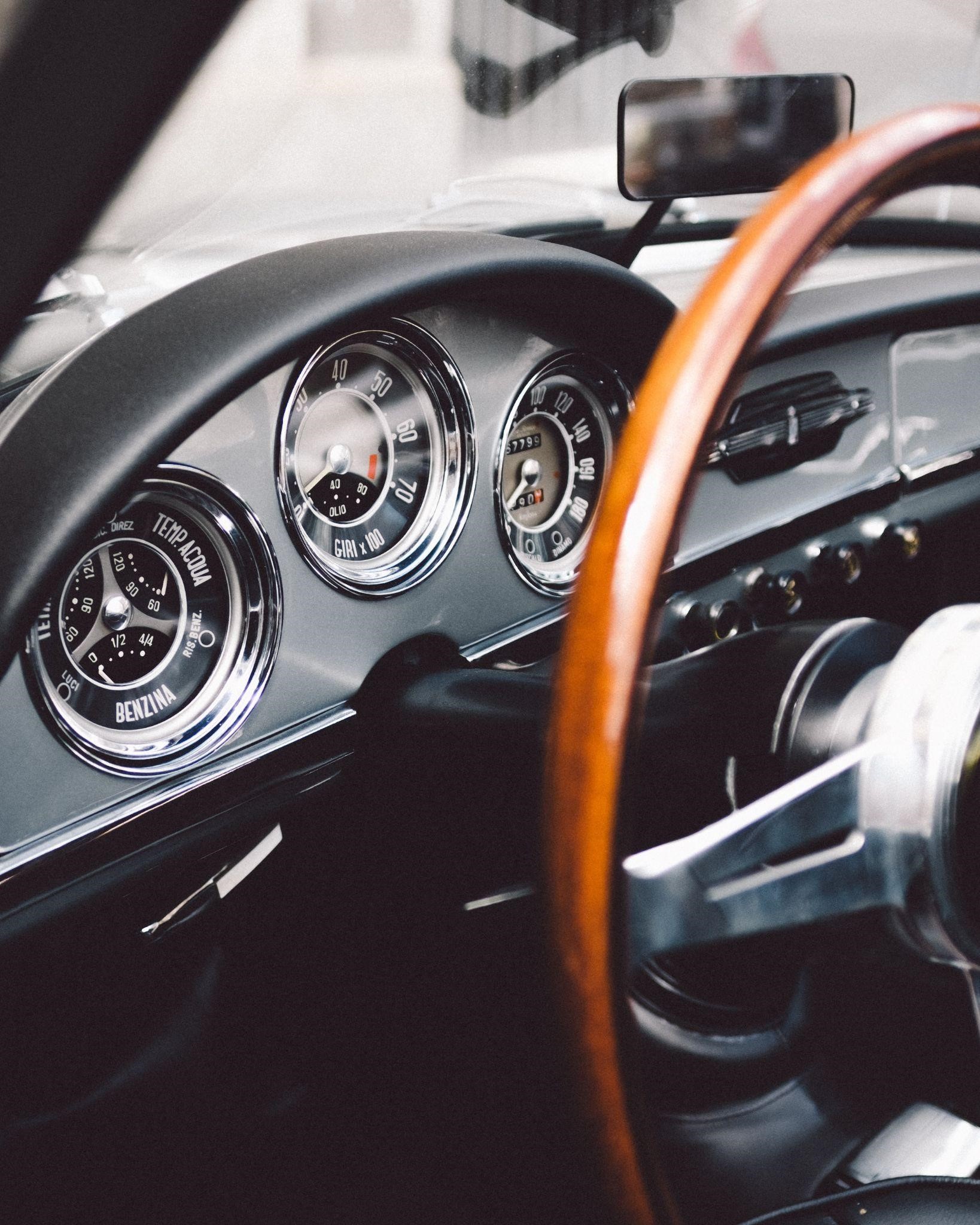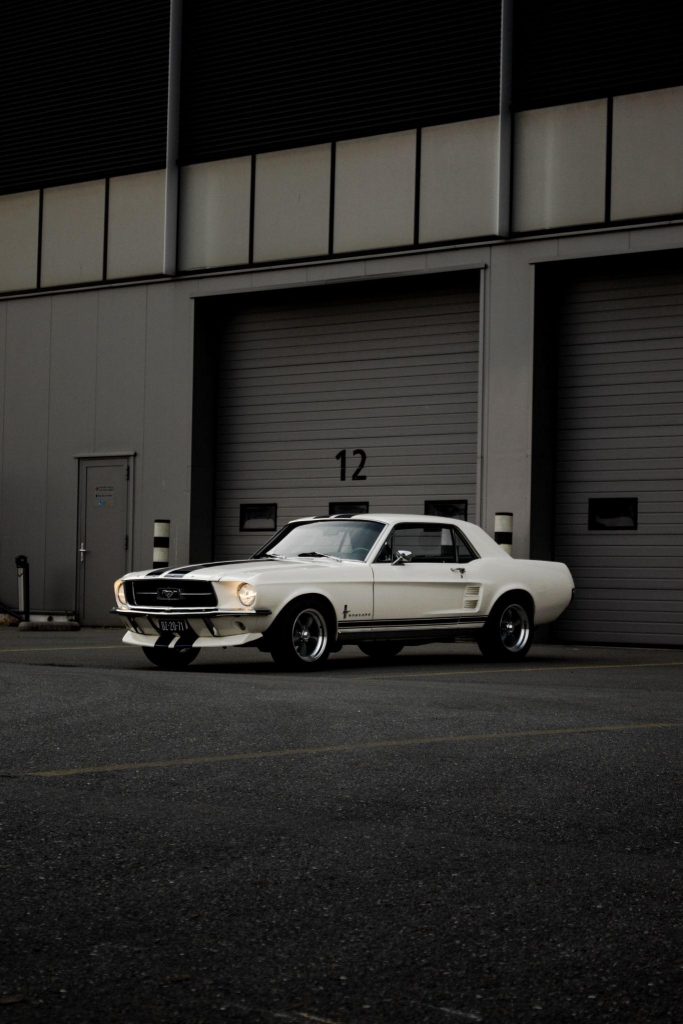
Do you own a classic vehicle and are wanting it restored? Or are interested in what goes into the restoration process? Don’t worry classic vehicle restoration company VehicleSmart are here to explain.
The classic restoration process can be drawn out and expensive depending on the car and what’s wrong with it. Theoretically all cars can be restored but not all are worth saving, some classics now are more rust than car so if you’re buying a car to be restored don’t think that any car will do.
Remember that the better the restoration the more you’ll have to spend, by now we all know cars aren’t cheap but especially classics. Ready? Let’s get into it.
Removal
To start with your going to need to strip the interior, depending who you ask and the car this is either one of the easiest or most difficult tasks in the whole process. Remove everything from the inside (seats, dashboard, dials etc.) and store them somewhere safe. If anything needs to be replaced make a note before you throw them out. Also make sure to label all your wires as you take them out so you don’t get confused putting everything back together.
Up next, depending on the scale you’re taking the restoration, you’ll want to drop the transmission, again label the wires to not get confused.
Remove your external panels carefully, don’t break any of the clips as these can be a nightmare to find and replace. Carefully take off the boot and bonnet then your doors. Work out which bit’s need replacing and carefully store the rest.
Up next you’ll be gutting the underside of the car so if you have a lift this will be much easier, if not you’ll be spending a lot of time crawling around. You’ll need to take off the suspension, steering rack, brakes etc.
The Restoration

This is the real nitty gritty of the car restoration, where you turn your old shed into a show worthy machine.
To start with you’ll need to strip off the paint this can be a tedious and difficult process depending on how you go about it, the best option is using a wire brush with an electric grinder but it is very time consuming. Alternatively you can sand it down but you’ll struggle with cracks or use paint stripper however it’s not as effective and can be very messy. If you can stick with the wire brush and grinder.
Now for the big one rust. Rust is the bane of classic car owners lives and getting it repaired is not only costly but difficult. Just like with stripping the paint you have 3 real options, the best but most expensive is to remove the rusted parts and replace them with freshly welded steel. Otherwise you can try and source the rare parts but this too can be pricey and difficult depending on the car. Finally you can strip the rust back and treat it but this just delays the rusting rather than repairing it.
Now you’ll need to do your pre-paint work. If you’ve welded make sure to sand your welds down and fill any gaps. Make sure you wipe down your panels so they are clean for a smooth finish. Spray your shell with primer and sand it down some. Up next either visit your painter or get to painting, a professional will charge a fair amount but the results are worth it. Once it’s painted take out the imperfections and give it a good polish.
While all this is going on it’s worth also doing what needs to be done with your engine. A good mechanic will charge you to look over it but can get the motor feeling brand new, or if you are mechanically adept you can rebuild the engine your self.
Replace all the necessary parts like your alternator, power steering (if you have it) etc. you can also powder coat certain parts to make your engine bay pop when you’re done. Still here? Good, we’re at the home stretch now. Mount your engine and gearbox then using your hopefully labled wires wire it up. Now for the fun bit. Start the engine! Make sure everything is as it should be and fix whatever needs fixing.
Rebuild
Now, finally, it’s time to put your car back together. Start from the ground up, reassemble the break system, your fuel system should be in place since youe engine and transmission was already fitted for testing and fit the suspension. Test your wiring and instruments on the dash and refit your rubber trims for the windows and windscreen. Finally add your lights and exterior trim, put your doors and boot back on and you’re down to the last push. Get your interior in place and fitted and finally the car is done!
Only one thing left to do now…
Test Drive

Take it for a spin, make sure everything is working, listen for any little issues and as long as you’re happy enjoy! You deserve it after that.
Sounds like a lot doesn’t it? If you want to skip straight to the enjoying part you can get an external company to restore your ca. You’ll pay for the privilege but you have peace of mind knowing it was done by professionals.

